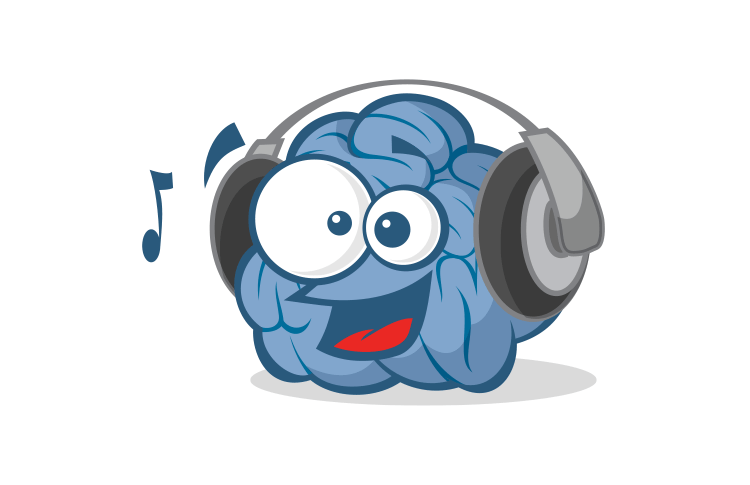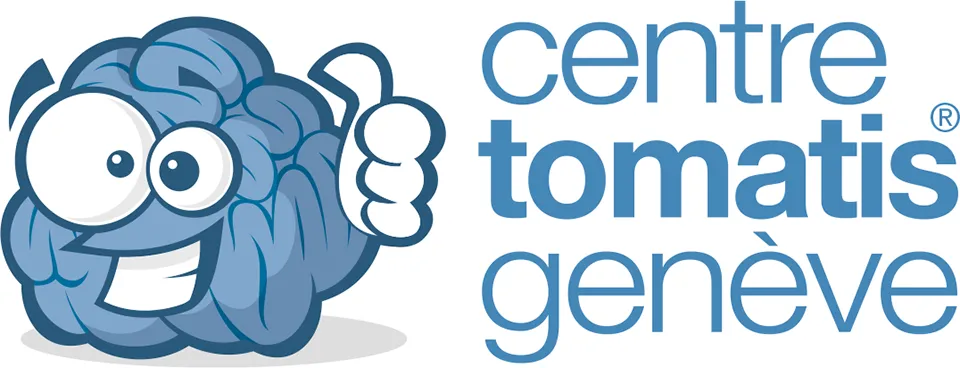All about the Tomatis Method

1- You can hear and listen badly.
The sound message is correctly heard but poorly analyzed on an emotional level. The brain protects itself by creating barriers that can foster the development of many disorders.
They say "listening is disrupted."

2- The TOMATIS method stimulates your brain.
You perform repeated listening sessions using devices specially designed to stimulate the brain and gradually help it to better analyse the sensory message.
It is said that "the ear listens"

3- Good listening can change your life.
Your ear is not just for hearing. It stimulates your brain and determines your balance. Good listening is therefore essential to promote personal development.

4- The TOMATIS-effect electronic rocker
TOMATIS devices are designed to create a unique sound perceptive contrast. This effect causes the tension and then the loosening of the muscles of the ear. This is accomplished by the sudden passing of serious frequencies requiring no effort by the ear to accommodate at high frequencies requiring an important accommodation effort in the ear. This activity can be compared to a gymnastics, which thanks to a repeated activity and a gradual mobilization of the ear, allows to optimize the transmission of the audible sensory message to the brain.
5- Understanding the Tomatis effect on the ear and brain
The Tomatis® method is a sensory stimulation technique. The sound is transmitted on the one hand by the bone conduction caused by a vibration at the top of the skull and on the other hand in aerial conduction by the ear Pavilion. This sound has been previously treated in the laboratory to provide the Tomatis effect® and thus stimulate the inner ear in its entirety, both on the auditory and motor level. Concretely, the sound spreads through the tympanum, then in bone conduction and triggers, by reflex action, the contraction then the release of 2 muscles called "muscle of the caliper" and "muscle of the hammer". This effect is based on a double mechanism of sound perceptive contrast (double alternating timbre and intensity) intended to "surprise" the ear.
These muscles will in turn stimulate, always by vibration the organs called cochlea and vestibule. The cochlea and vestibule are lined with micro-cells called ciliated cells whose object is to convert this vibration into electrical stimuli that will feed an extensive nervous network known as cross-linked formation. The latter controls the overall activity level of brain activity. In other words, the cochlea and the vestibule energize the brain; It is said that the inner ear has a function of "cortical load"
In addition, the vestibule informs the brain of the slightest body movement and therefore acts on rhythm and balance. The coherence of the message it transmits is therefore fundamental. It is therefore necessary that it be effectively stimulated.



